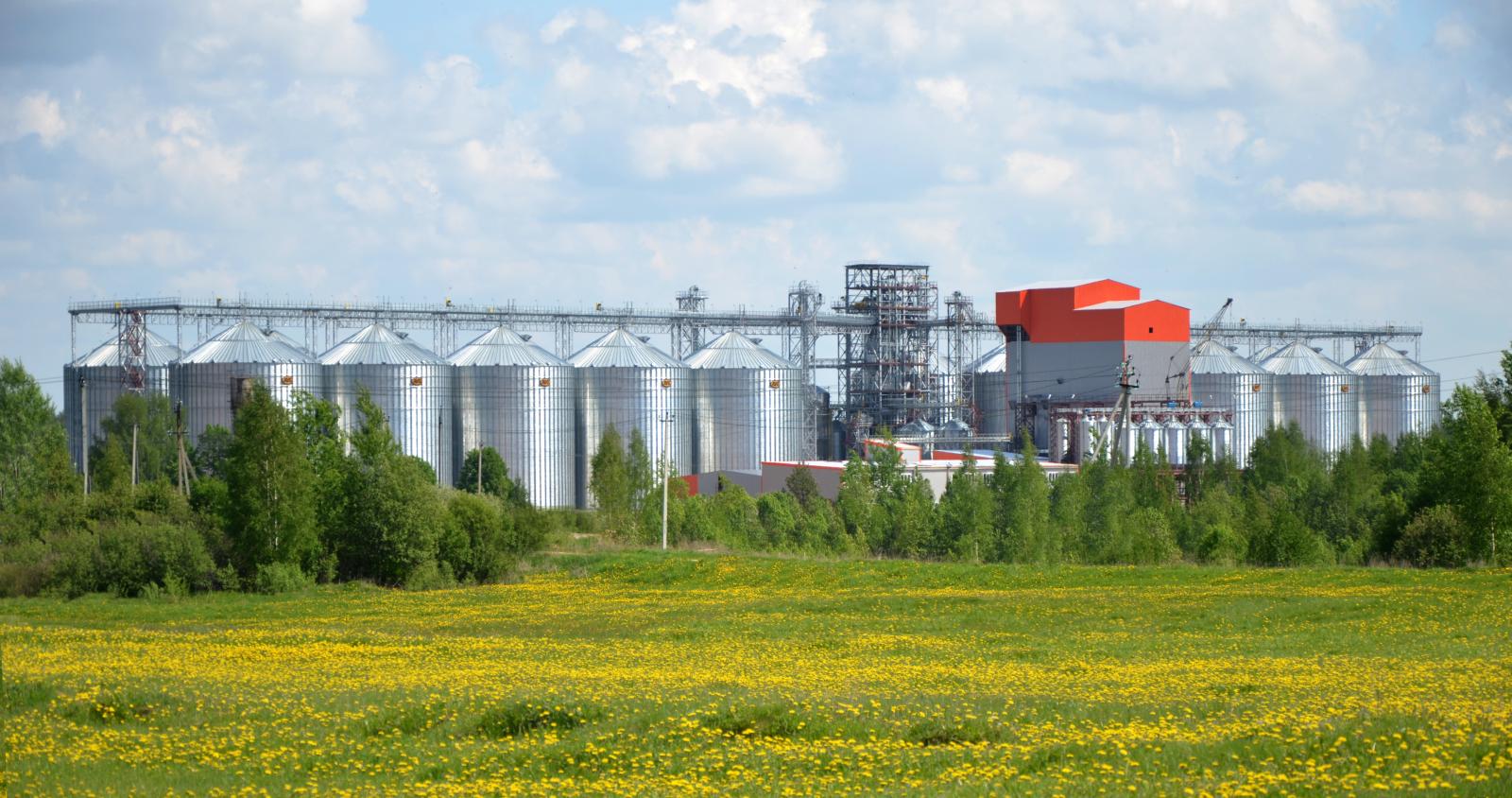Meteorologists predict frequent droughts due to rising global temperatures

An increase in air temperature by 2°C will lead to a likely decrease in the productivity of all crops by more than 20%, and with a warming of 3-4°C, it will become impractical to grow wheat in India, corn in the USA or in Africa.
Tetyana Adamenko, head of the agrometeorology department of the Hydrometeorological Center of Ukraine, told about it.
According to her, droughts and floods are becoming more intense and more frequent. So by 2050, there is a high probability of the disappearance of almost half of all plant species and a considerable number of fish species. In addition, the likely death of bees due to their inability to adapt to climate change. Even now, the synchronization between the flowering of plants and their pollinators is lost. And without pollination of plants, there will be no harvest.
"Even if humanity is lucky enough to limit the increase in temperature to 1.5°C, the weather will remain extreme no matter what. We have to get used to it and prepare for droughts, floods and unbearable heat. An increase in the average global temperature by 1.5°C for many countries, and Ukraine in particular, will mean an addition of 3°C to the annual temperature. And we are already reaching this limit," said Tetyana Adamenko.
According to the observations of meteorologists, warming in Ukraine has been ongoing since 1989. Each subsequent decade is warmer than the previous one. Previously, the average annual temperature in the agricultural zone was +7.8°C. In 2020, this indicator increased to +9.1°C, in 2021 to 10.6°C.
The year 2023 pushed the temperature limit again and became the warmest for the entire period of meteorological observations. By the way, last May turned out to be one of the driest in the last 30 years.
Four climatic indicators are decisive for crops:
worsening hydration;
heat supply, which is significantly increasing;
overwintering, which improves;
a continental climate that softens due to the warming of winter, because the temperature difference between the coldest and warmest months decreases.
The average amount of precipitation over the past five years has decreased to 553 mm. Against this background, the number of inefficient rains that bring only harm is increasing. An increase in temperature on average by another 1°C threatens the disappearance of even such a small zone of sufficient moisture, which includes Polissia and Western forest-steppe in Ukraine.
"Today, for Ukraine, a positive bonus from global warming is the improvement of overwintering of winter crops. In addition, there is a prerequisite for growing heat-loving crops such as cotton and tea," the report says.
At the same time, according to experts, there are many more shortcomings.
"After all, a greater amount of heat is perhaps better conditions for heat-loving crops, but less heat-loving ones gradually shorten their growing season and, accordingly, their yield, which ultimately leads to the impracticality of their cultivation. For example, at temperatures above 33°C, the growth and development of almost all crops stops. In recent years, the vegetation of corn, sunflowers, etc. has stopped already at the beginning of August," meteorologists explained.
